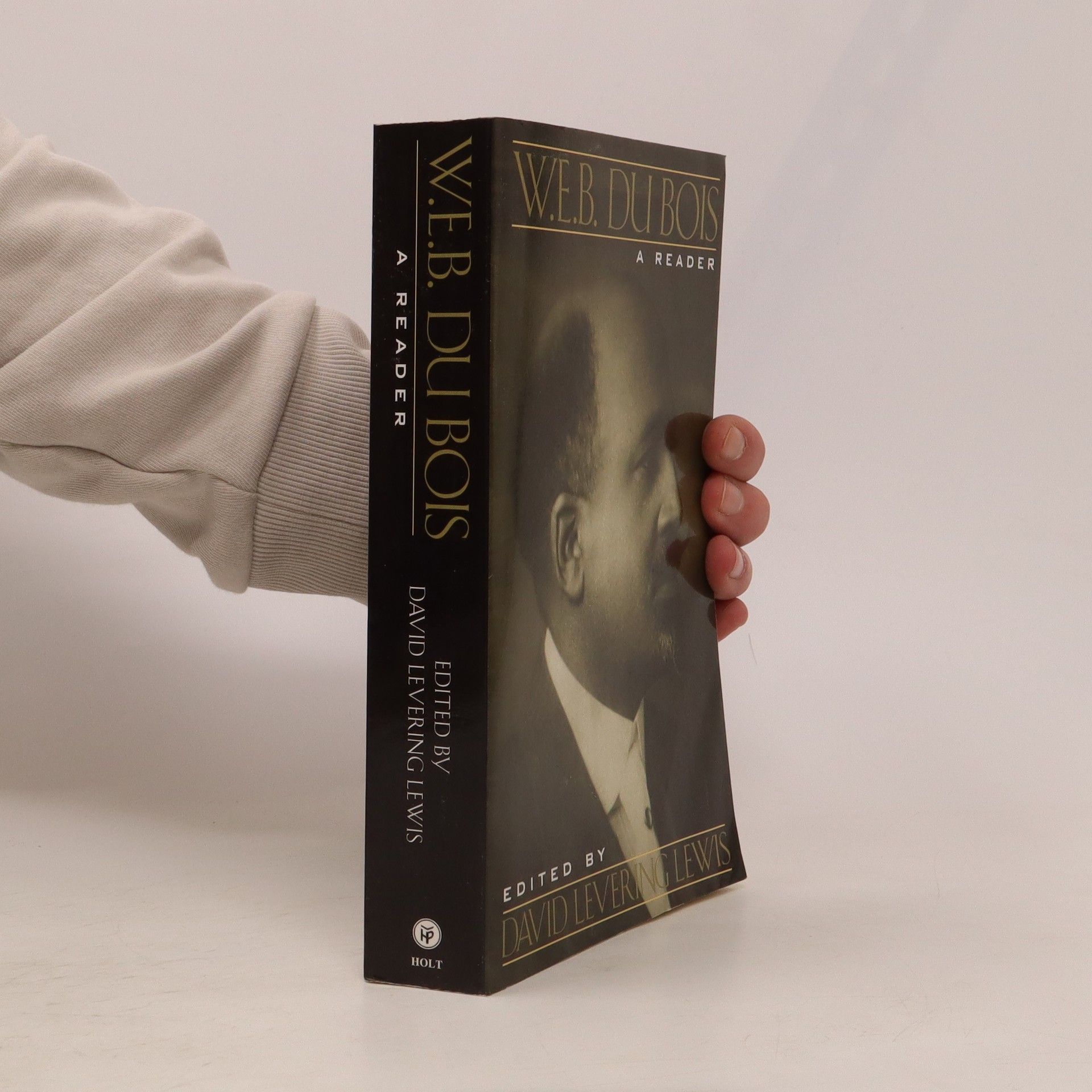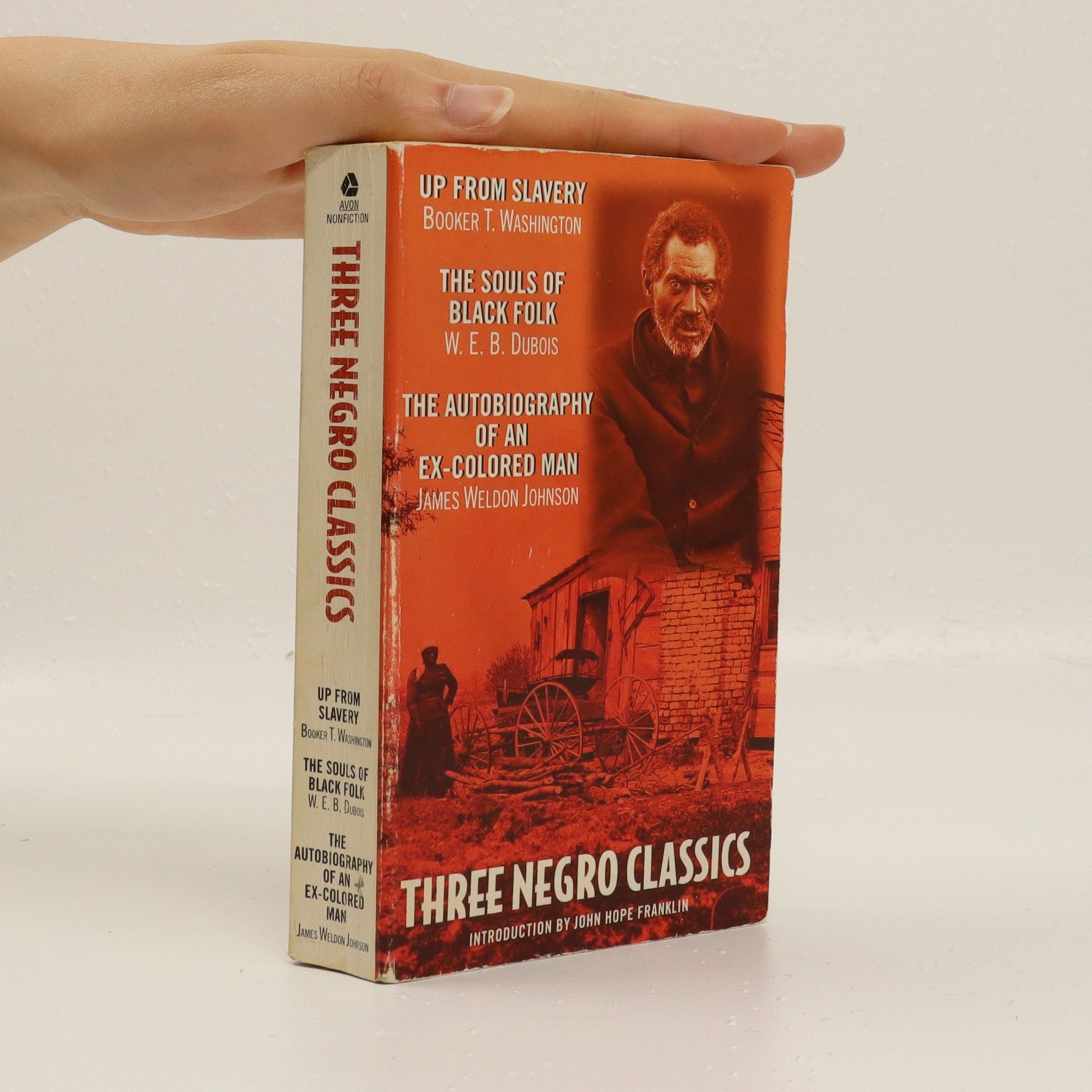Die Seelen der Schwarzen
- 319 Seiten
- 12 Lesestunden
Am 18. April 1903 erschien The Souls of Black Folk bei McClurg and Company in Chicago. Das 'brillante Werk' (Max Weber) wurde sofort ein Erfolg und machte seinen Autor, W. E. B. Du Bois, zum wichtigsten Führer der Schwarzenbewegung in der ersten Hälfte des 20. Jahrhunderts. Das Buch gilt als 'Urtext der afroamerikanischen Erfahrung' (Henry Louis Gates) und ist heute fester Bestandteil des Lektüreprogramms nordamerikanischer Colleges. Du Bois schildert in Die Seelen der Schwarzen seine Eindrücke in den Südstaaten der USA, manchmal mit dem genauen und distanzierten Blick des Soziologen oder Historikers, manchmal in Form einer Erzählung oder eines poetischen Reiseberichts. Otto Kallscheuer bezeichnete das Werk in der Frankfurter Allgemeinen Sonntagszeitung als ein 'aus soziologischen Analysen, historischen Skizzen, sozialpsychologischen Essays und autobiographisch inspirierter Fiktion komponiertes Tableau schwarzer Demütigung'.



